Complete Solutions to Exercise of chapter ALCOHOL, ETHERS AND EPOXIDES of Class 12 book with complete answers and questions
| Class 12 | CHEMISTRY |
| Chapter | ALCOHOL, ETHERS AND EPOXIDES |
| MS CHOUHAN | Exercise |
| Number Of Questions | 100 |
| Academic Year | 2023-24 |
The following transformation involves a carbocation rearrangement. The carbocation is generated by potonation of the hydroxyl group by the lose of water. Which bond has to migrate in the carbocation to yield the product indicated (after the deprotonation) ?
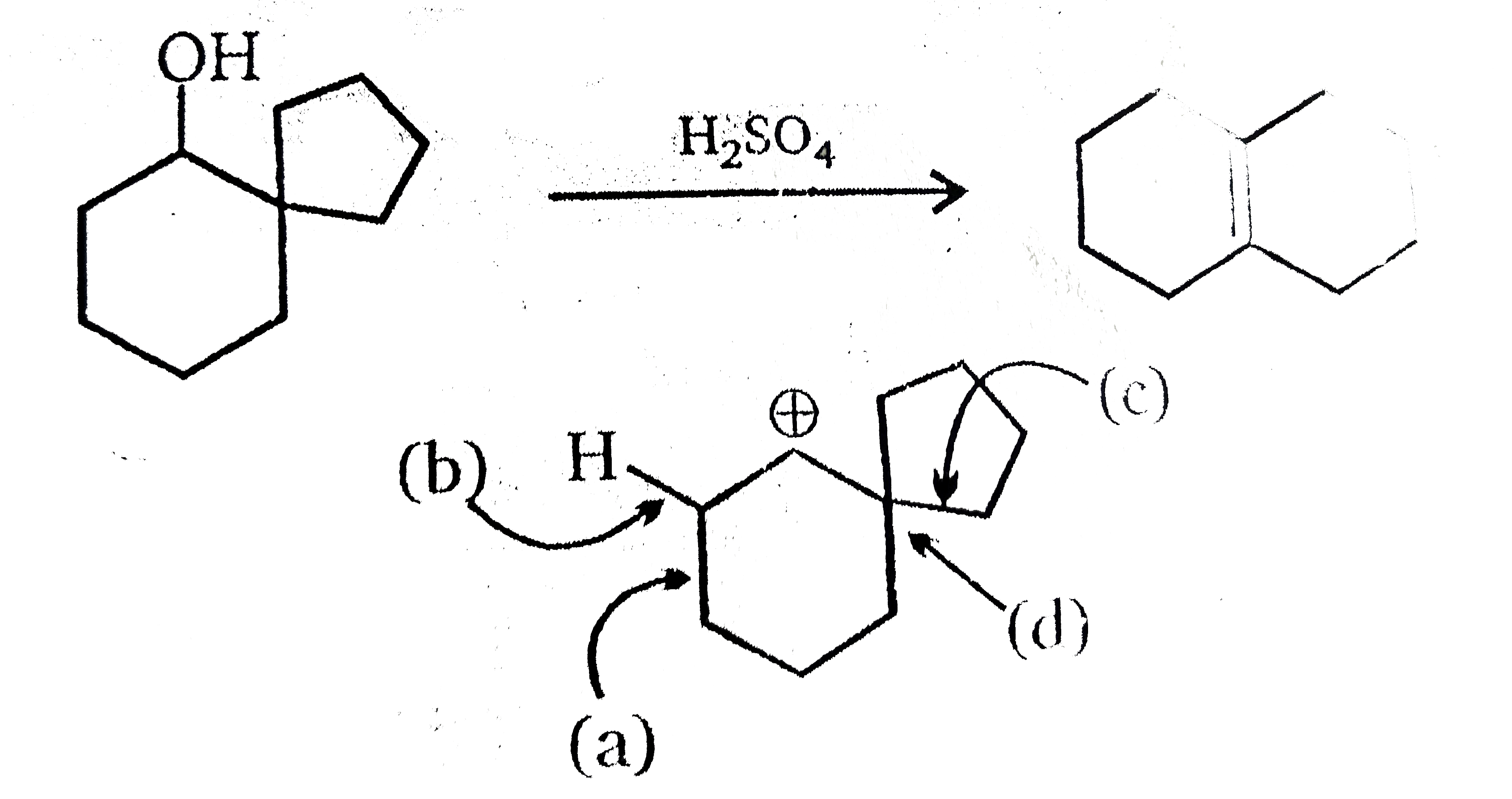
View SolutionIdentify the major product.

View SolutionComplete the following reaction
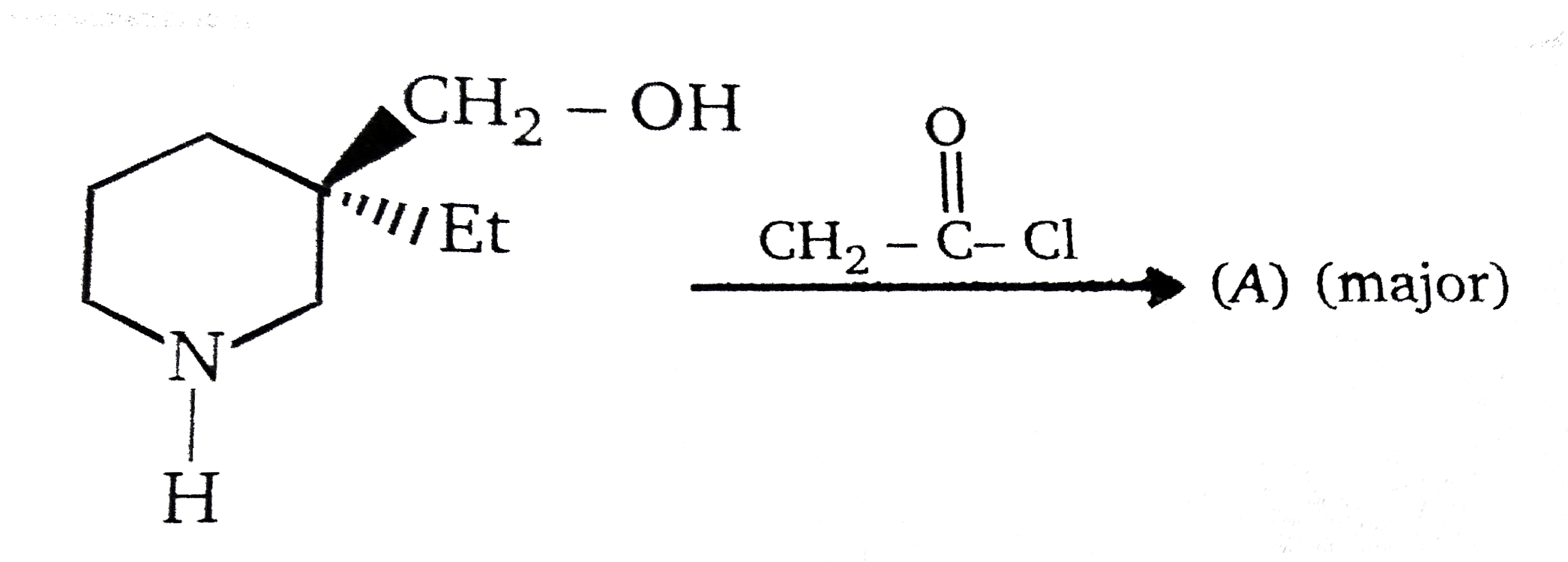
View SolutionPredict the product when given compound reacts with `LiAlH_(4)` :
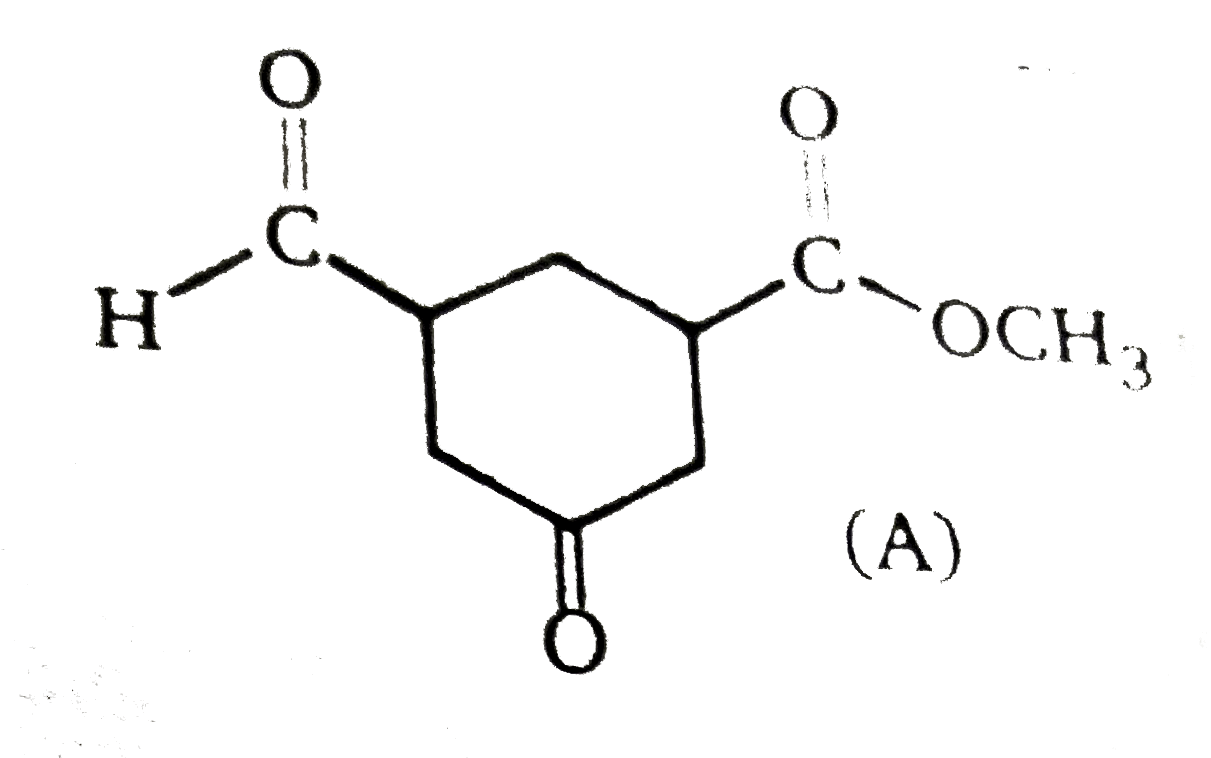
View SolutionPredict the product when given compound (A, in the above question 4) reacts with `NaBH_(4)`.
View Solution
The labelled `-O^(18)` will be in :
View Solution`{:(CO_(2)H" "CH_(2)" "-" "overset(18)(O)H),("| "+" |"" "overset(H^(+))underset(Delta)(rarr)(A)),(CO_(2)H" "CH_(2)" "-" "overset(18)(O)H):}` Product (A) is :
View SolutionWhich is oxidized most easily?
View Solution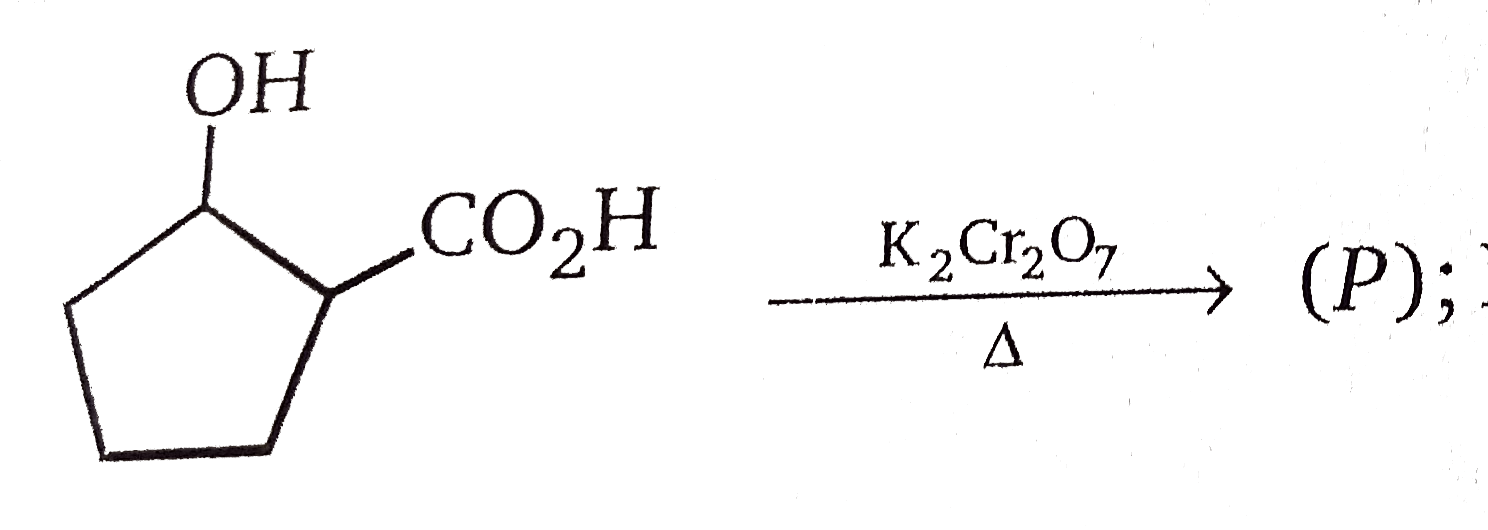 Product (P) is :
Product (P) is :
View SolutionWhich of the following react with `HBr` at faster rate ?
View Solution
Above conversion can be done by :
View Solution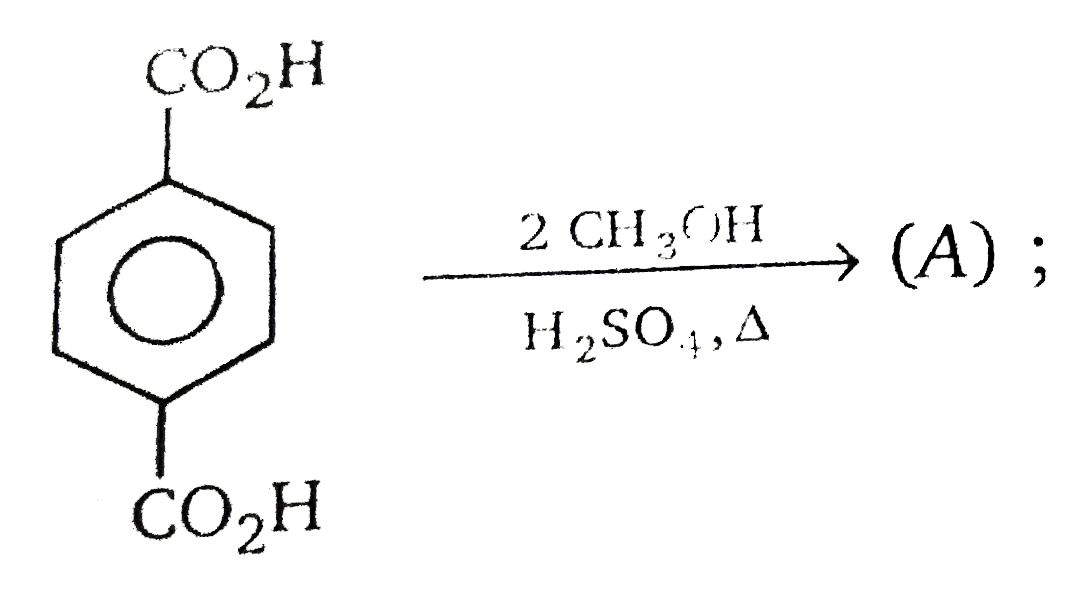 Product (A) is
Product (A) is
View Solution Unknown (P) of the reaction is :
Unknown (P) of the reaction is :
View SolutionPredict the major product of the given reaction.
 Product (A) is :
Product (A) is :
View SolutionIdentify the major product,

View SolutionFind the final product of the reaction

View Solution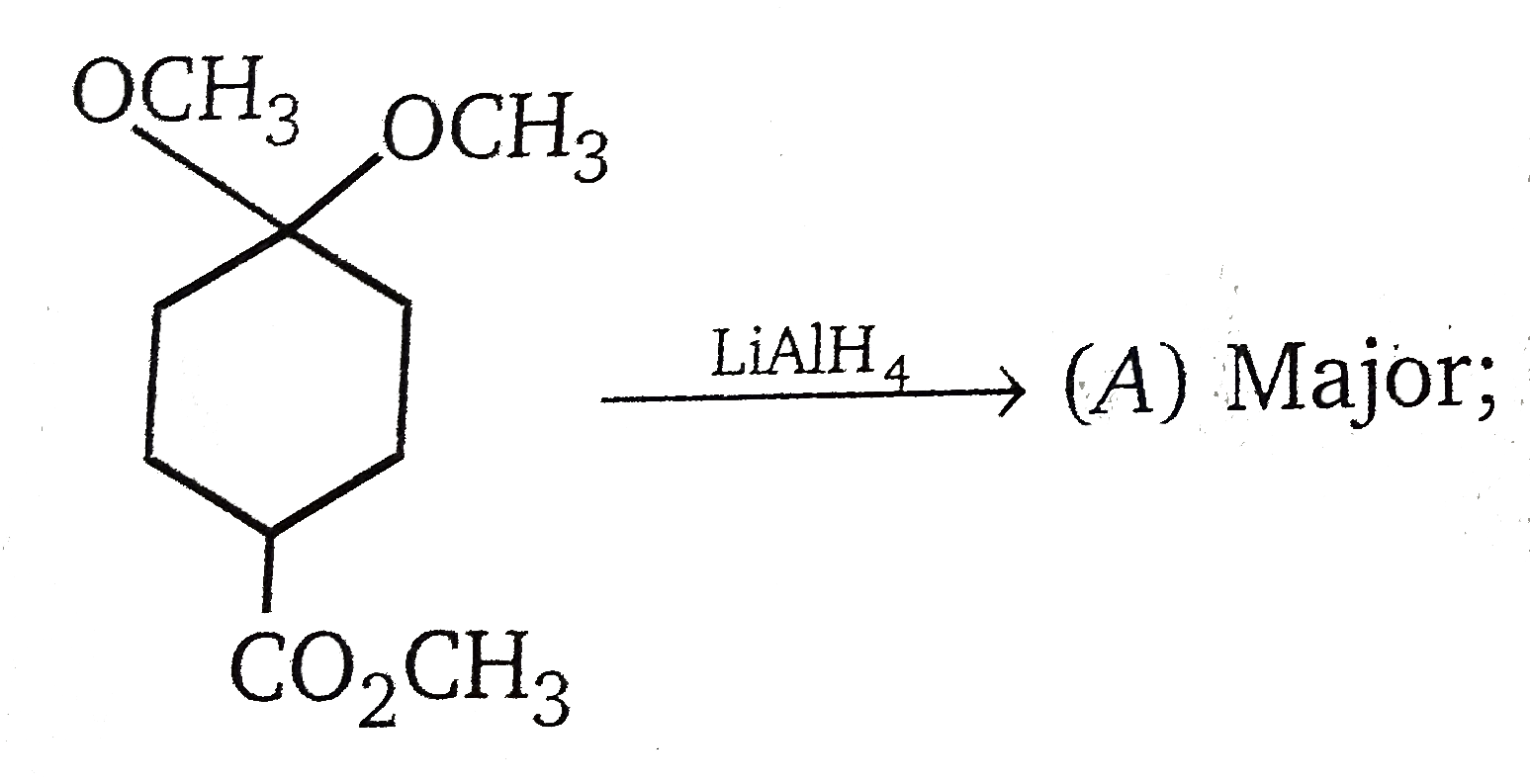 Product (A) is :
Product (A) is :
View Solution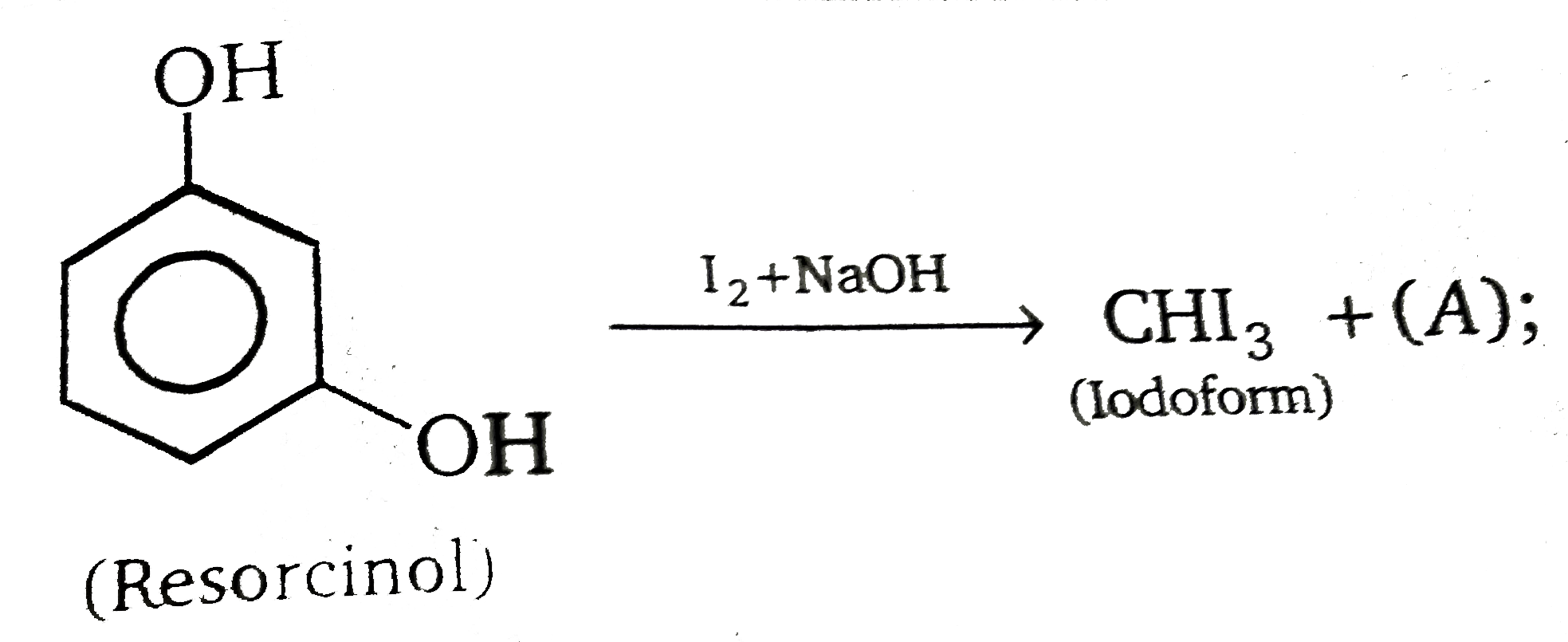 Compound (A) is :
Compound (A) is :
View Solution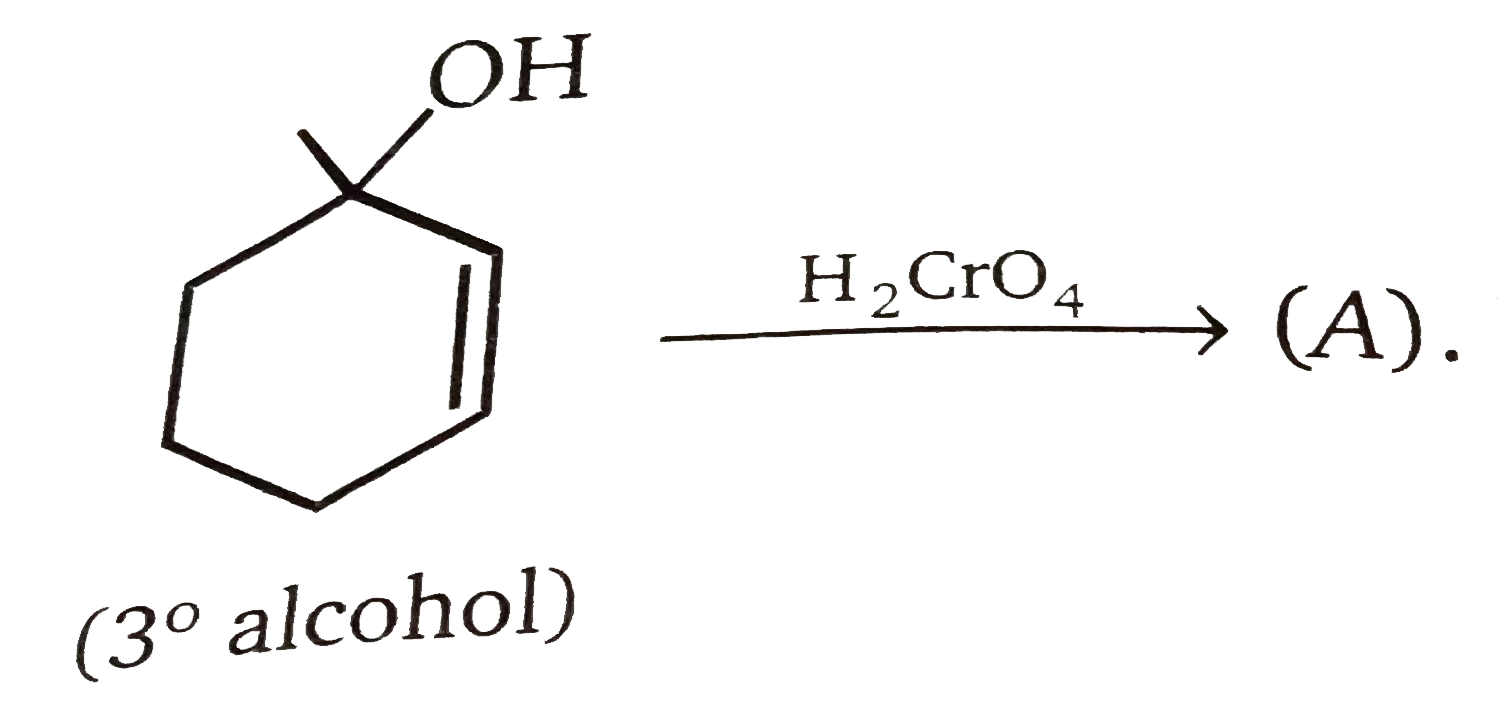 Product (A) is :
Product (A) is :
View Solution Compound (B) is :
Compound (B) is :
View Solution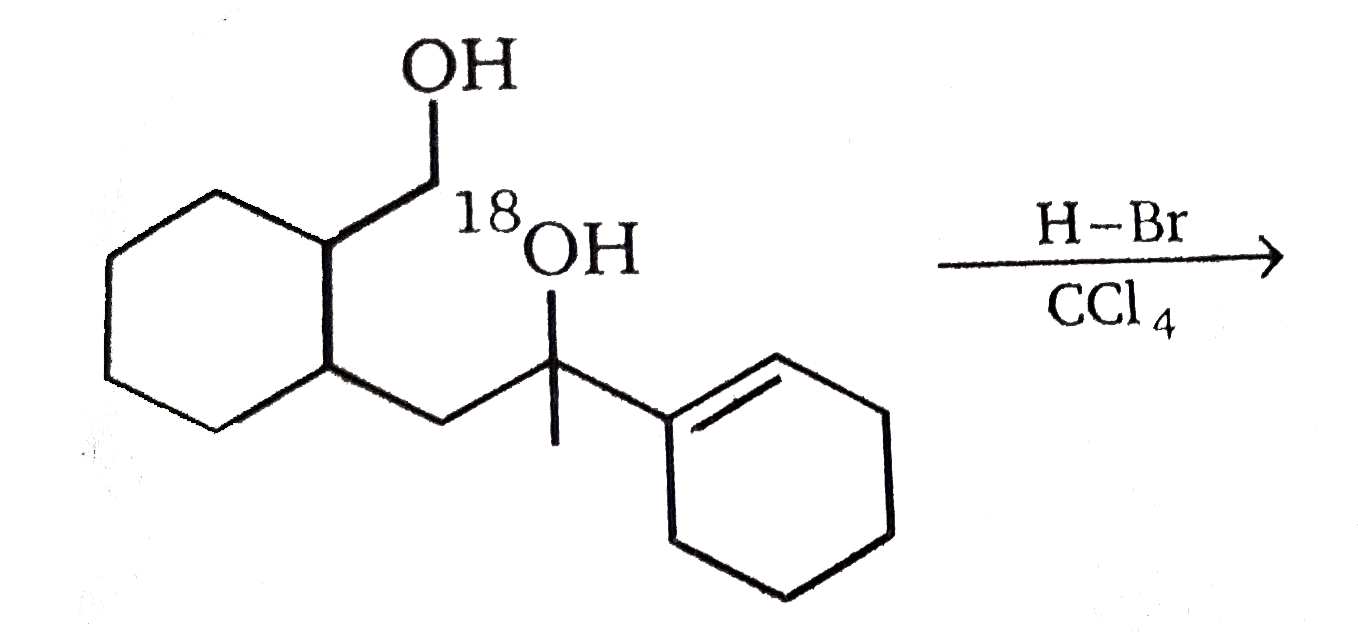 Major product obtained in the reaction is :
Major product obtained in the reaction is :
View SolutionConsider the following alcohols,

The order of decreasing reactivities of these alcohols towards nucleophilic substitution with `HBr` is :
View Solution
Sum of number of alcoholic groups in product (P) and (Q) is :
View SolutionIn presence of dil. `HCl`, compound A is converted to a constitutional isomer (B), compound B is :

View SolutionComplete the following reaction
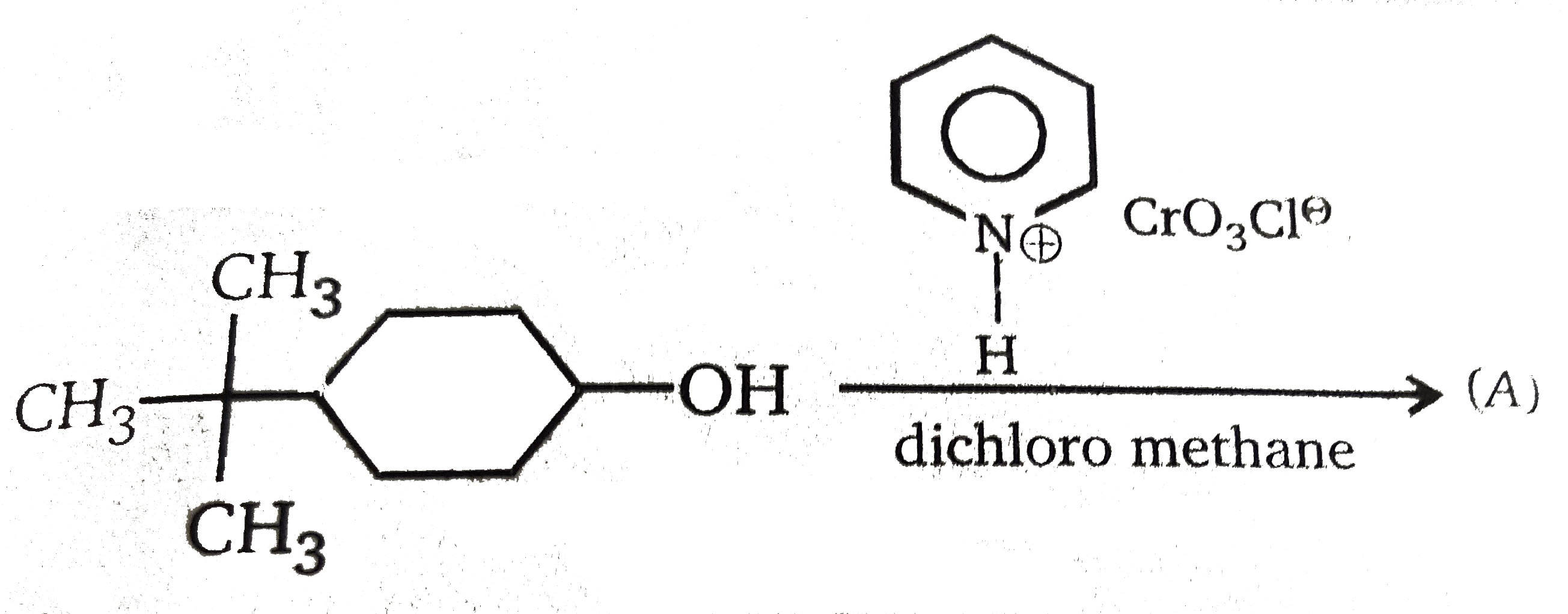
View Solution Product of the reaction is :
Product of the reaction is :
View Solution Chemist added extra 0.5 mole of `Et-Li` in above reaction to obtain product (A), which is ?
Chemist added extra 0.5 mole of `Et-Li` in above reaction to obtain product (A), which is ?
View Solution Major product of above esterification reaction is :
Major product of above esterification reaction is :
View Solution Product (A) of reaction is :
Product (A) of reaction is :
View Solution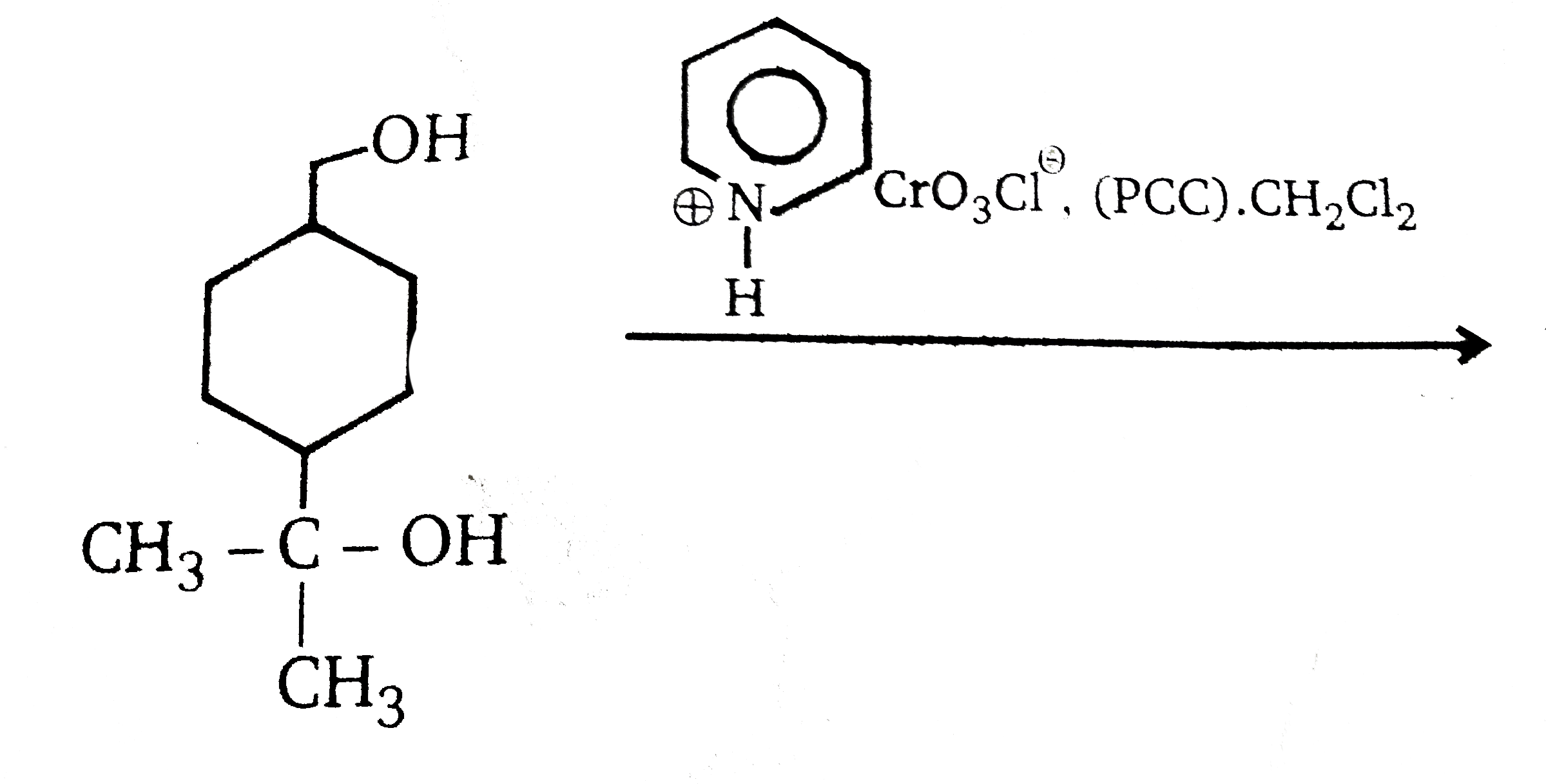 Product of the reaction is :
Product of the reaction is :
View SolutionWhich is the best reagent to convert isopropyl alcoholto isopropyl bromide?
`CH_(3)-overset(CH_(3))overset(|)(CH)-OH overset(?)(rarr) CH_(3)-overset(CH_(3))overset(|)(CH)-Br`
View Solution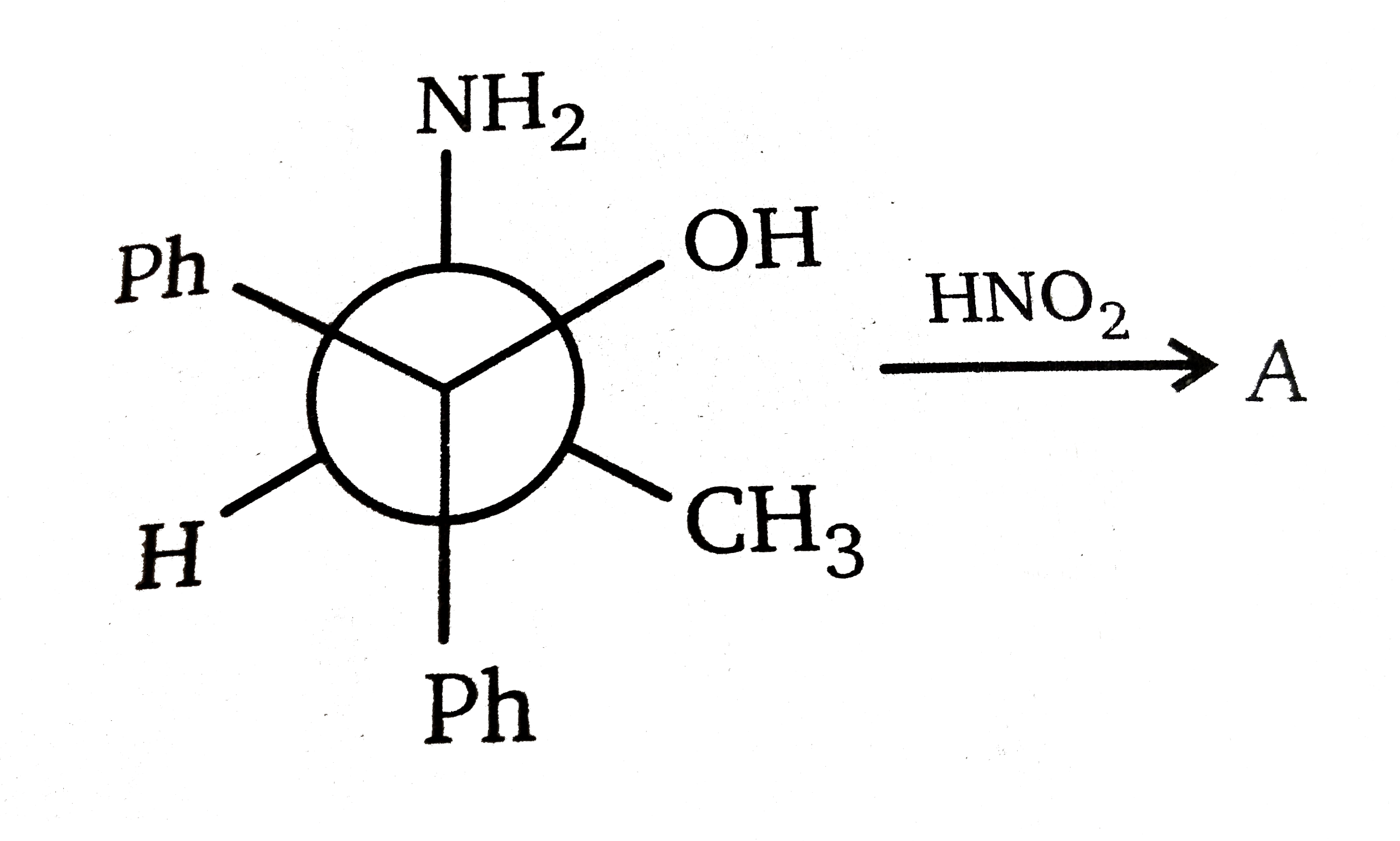
Major product obtained in the above reaction is :
View Solution
Total number of stereoisomers of product (B) will be :
View Solution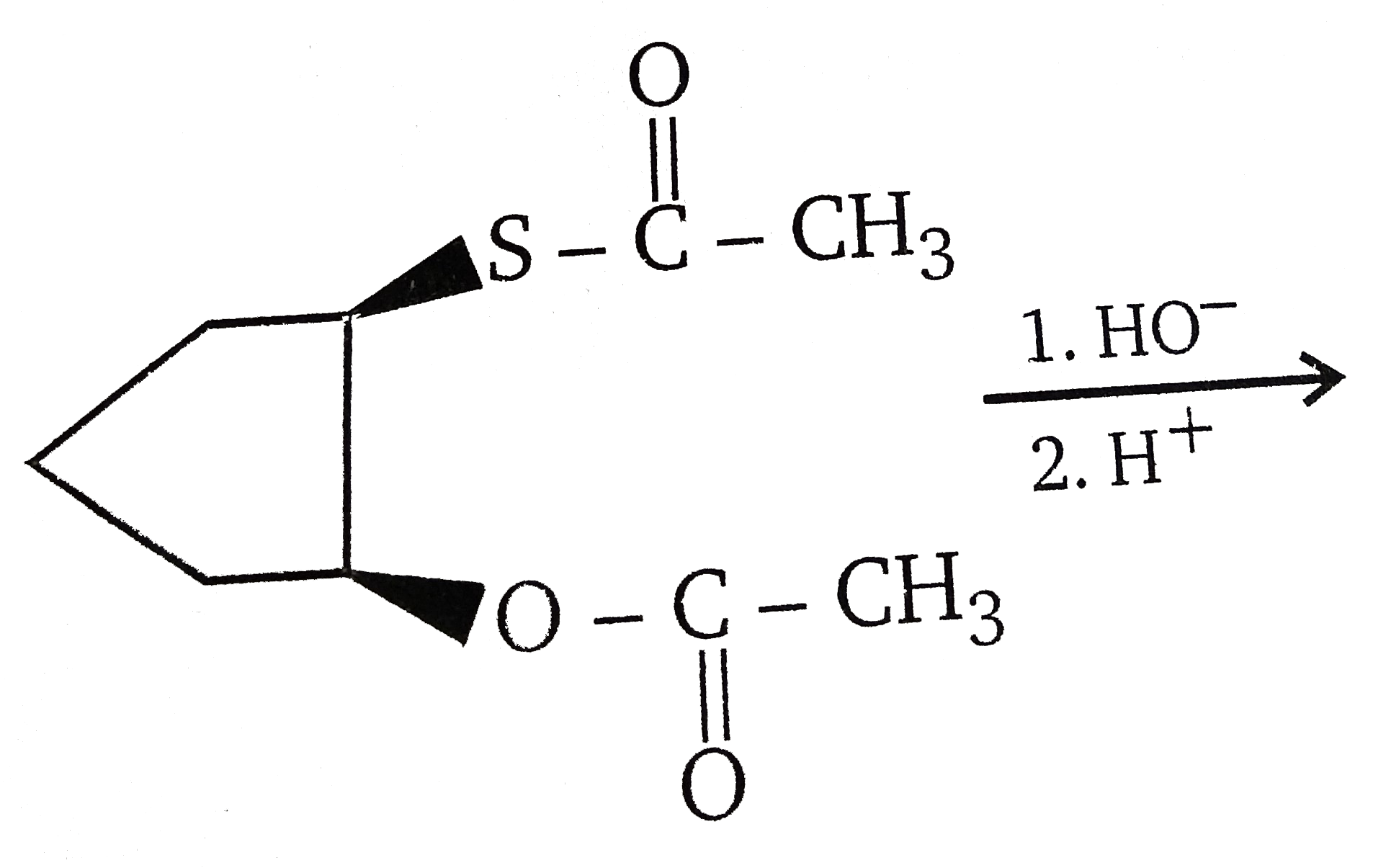 Major product of the reaction is :
Major product of the reaction is :
View SolutionComplete the following reaction

View Solution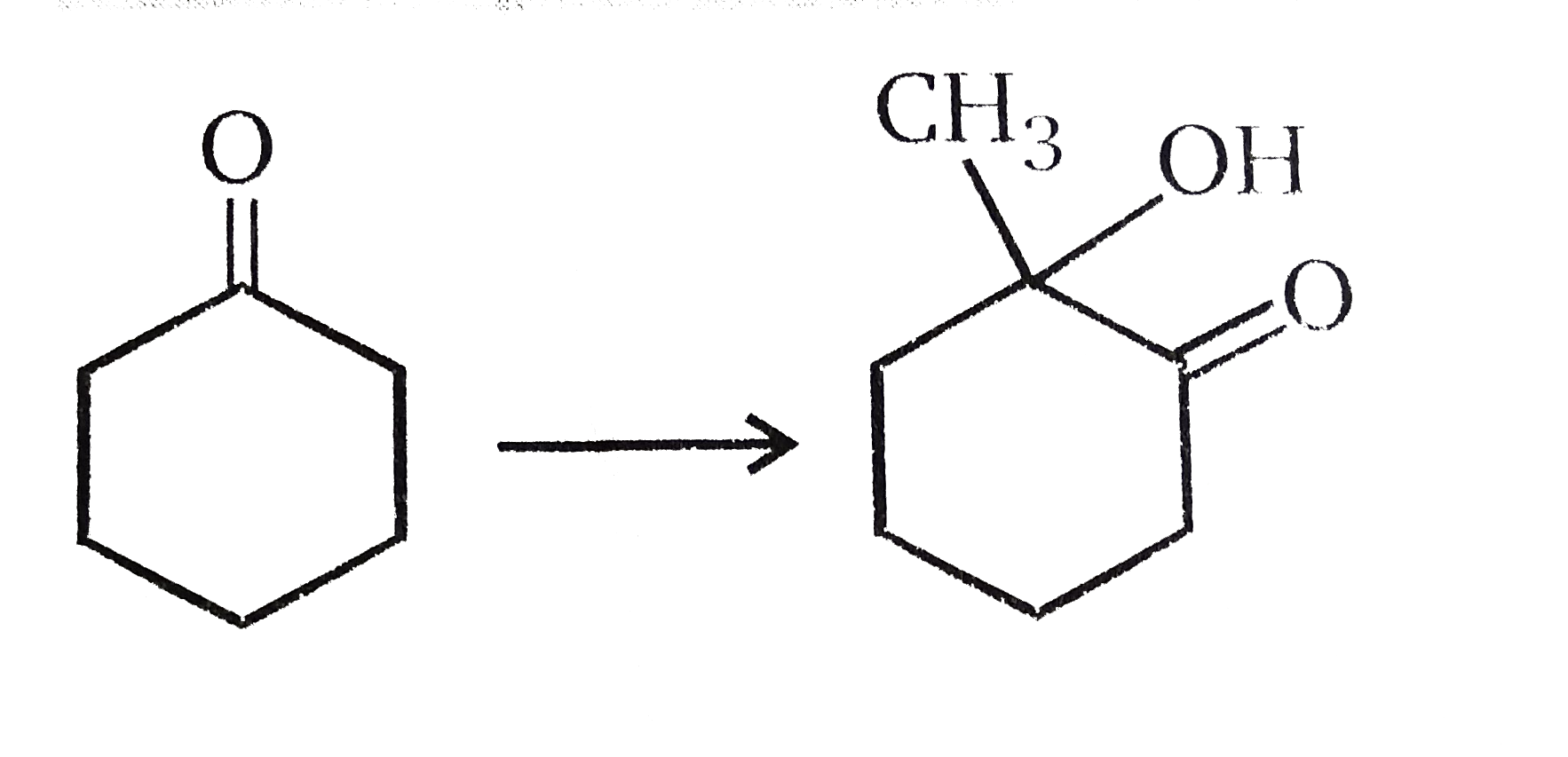
`{:(CH_(3)MgBr//H^(+),KMnO_(4)" (cold dil.)",CrO_(3),H^(+)//Delta),((1),(2),(3),"(4)"):}`
For the above conversion the correct order of reagents used is :
View Solution
find missing reagents.
View SolutionIn solvolysis of 1, 2 -dimethyl propyl p-toluene sulfonate in acetic acid at `75^(@)C`, (alkene + substitution products) will be formed by mechanism?
View Solution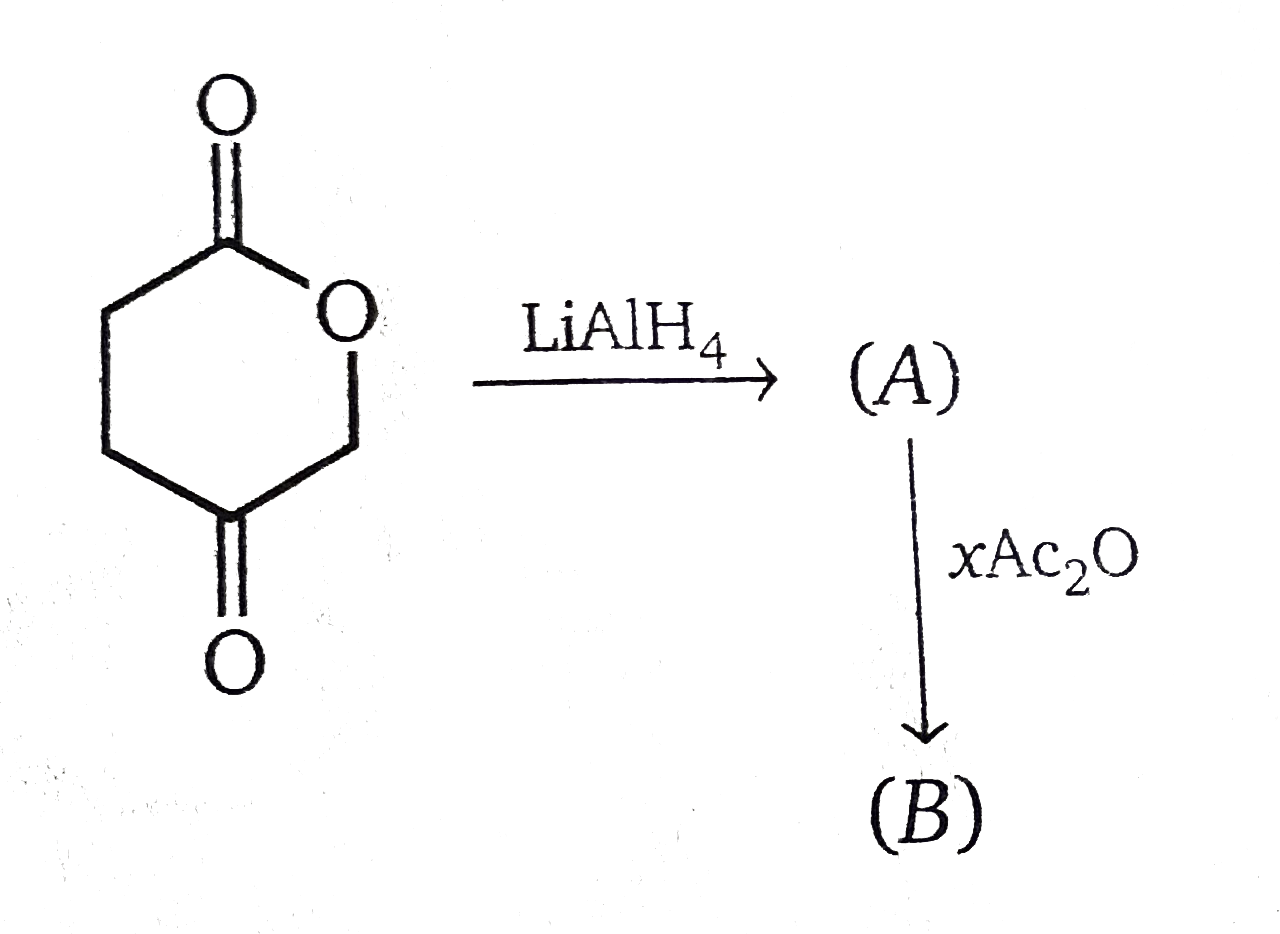
`x =` moles of anhydride consumed
View SolutionIdentify product when (R) - and (S) -2 - butanol reacts with (R, R) tartaric acid in acidic medium.
View SolutionAn alcohol of formula `C_(9)H_(12)O` reacts with `Na_(2)Cr_(2)O_(7)` to form a compound having formula `C_(9)H_(10)O`. The original alcohol might be :
View SolutionAn optically active alcohol of formula `C_(9)H_(12)O_(2)` produced the following compound when refluxed with `KMnO_(4)`.
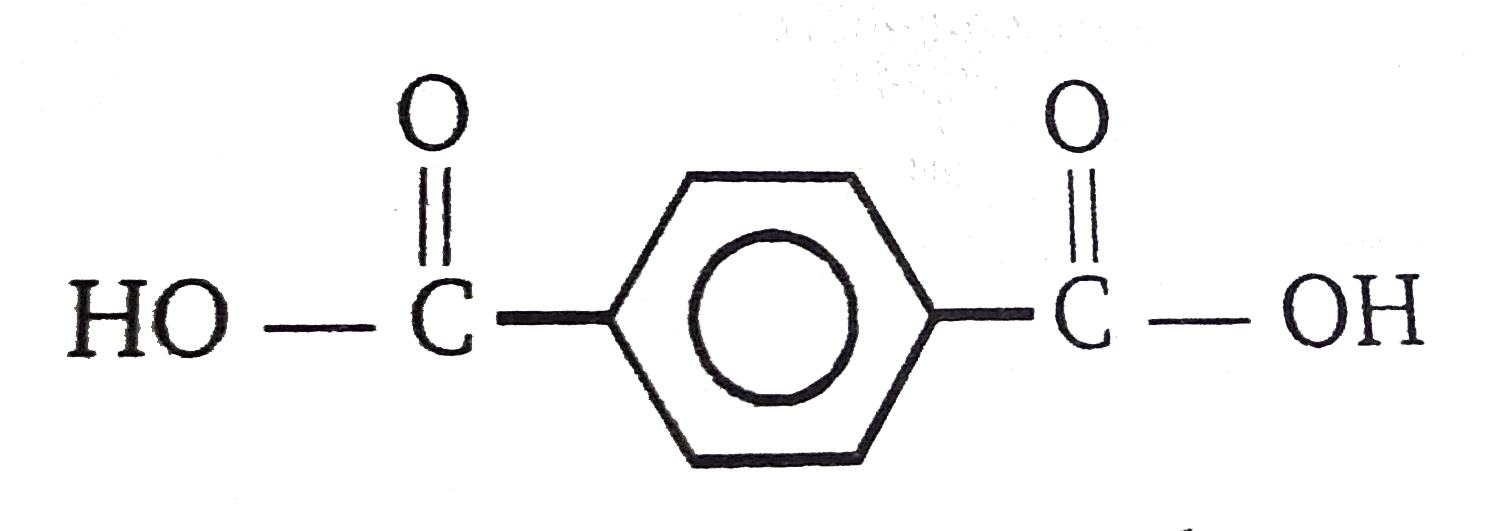
The original compound showed these properties also :

What is structure of (A) ?
View SolutionWhich are not cleaved by `HIO_(4)`?
I : glycerol `" "`II : glycol
III : 1, 3-propenediol `" "` IV : methoxy - 2 - propanol
View SolutionWhich of the following reaction required an oxidising agent ?
View SolutionWhat is the major product of the following reaction ?

View SolutionWhich of the estes shown, after reduction with `LiAlH_(4)` and aqueous workup, will yield two molecules of only a single alcohol ?
View SolutionFor the following reaction, select the statement that best describes the change.
`RCH_(2)OH+PC C [C_(5)H_(5)NH^(+)ClCrO_(3)^(-)] rarr`
View SolutionWhat is the product of the following reaction ?

View SolutionAn organic compound B is formed by the reaction of ethylmagnesium iodide `(CH_(3)CH_(2)MgI)` with a substance A, followed by treatment with dilute aqueous acid. Compound B does not react with `PC C` in dichloromethane. Identify A ?
View SolutionWhich of the following reagents would carry out the following transformation ? `(D = .^(2)H)`

View SolutionWhich sequence of step describes the best synthesis of 2 - methyl-3- pentaneous ?
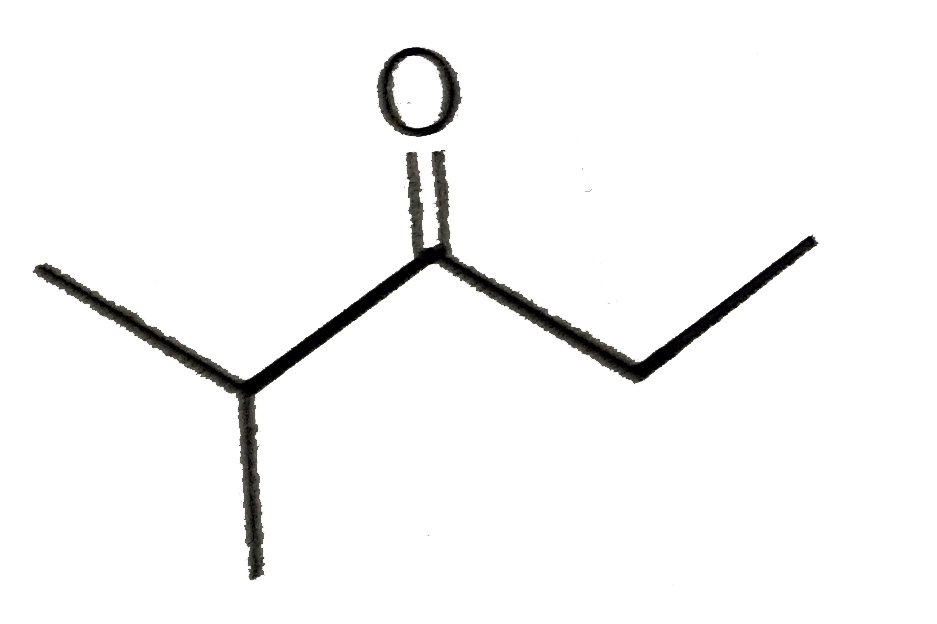
View SolutionDiols (I-IV) which react with `CeO_(3)` in aqueous `H_(2)SO_(4)` and yield products that redily under fo dercarboxylation on heating are :

View SolutionWhich of the following compounds are not oxidized by `HIO_(4)` ?
(1) `underset(" "CH_(2)-OH)overset(CH_(3)-CH-OH)(|)" "`(2) `underset(" "H-C=O)overset(CH_(3)-C=0)(" "|)`
(3) `underset(CH_(3)-C=O)overset(CH_(3)-C=O)(" "|)" "`(4) `underset(" "CH_(3)-CH-NH_(2))overset(CH_(3)-C=O)(" "|)`
(5) `" "(6)underset(" "CH_(2)-OH)overset(" "CH_(2)-OCH_(3))("|")" "` (7) `underset(" "CH_(2)-OH)underset(|)overset(O)overset(||)(" "C-OH)`
`" "(6)underset(" "CH_(2)-OH)overset(" "CH_(2)-OCH_(3))("|")" "` (7) `underset(" "CH_(2)-OH)underset(|)overset(O)overset(||)(" "C-OH)`
View Solution Final product (B) will be :
Final product (B) will be :
View SolutionUnknown (A) in the reaction (given in Q. 55) is :
View SolutionIn the given table, identify the incorrect option, the digit in box indicate the moles of that substance.

View SolutionSuccinic acid `overset(Delta)(rarr)(A) underset(Delta)overset(NH_(3))(rarr)(B) underset(KOH)overset(Br_(2))(rarr)(C)`, Product (C) will be :
View SolutionGiven are the structures of cyclic D- glucoside. Moles of `HIO_(4)` consumed with X and Y are ……….. Respectively:

View SolutionMoles of formic acid formed in x and Y respectively are :
View SolutionMoles of `HCHO` formed are :
View SolutionIn which of the following group, each member gives positive iodoform test?
View Solution`H_(2)O^(18) + Na rarr underset("(base)")((A))+(B)`
`CH_(3)-overset(O)overset(||)(C)-O-CH_(2)-CH_(3)+(A) rarr (C)+(D)` alcohol
Product (C) of the reaction is :
View Solution
Product (B) of the reaction is :
View SolutionProduct (C) of above reaction is :
View SolutionThe unknown compounds X and Y, both having molecular formula `C_(4)H_(8)O`, give following results with four chemical tests.
`|{:(,"Bromine","Na metal","Chromic acid","Lucas reagent"),("Compound X","decolourises","bubbles","Orange to Green","No reaction"),("Compound Y","No reaction","No reaction","No reaction","No reaction"):}|`
Compound X and Y respectively are :
View Solution
Product (N) is :
View SolutionAssign the structure of major product (X) of the reaction given below.

View Solution
Product (A) and (B) respectively in the above reaction are :
View Solution`underset("bpt "81^(@)C)underset("methylacrylate")(H_(2)C=CH-)overset(O)overset(||)(C)-OCH_(3)+underset("bpt "117^(@)C)underset("n- butyl alcohol")(CH_(3)CH_(2)CH_(2)OH) underset(TsOH, Delta)(rarr)underset("dpt, "145^(@)C)((A))+underset("dpt "65^(@)C)(CH_(3)OH)`
Product (A) of above reaction is :
View Solution
In above reaction molecular formula of glycerol increases by:
View SolutionGive the best condition for this tranformation:

View SolutionGive the major organic product of the following reaction.

View Solution
Product (D) in above reaction is :
View SolutionSelect the best method for the preparation of the following compounds :

View SolutionIndentify the reagents (1-4), required for the transformations shown and arrange them in correct order.

(1) `LAH (LiAlH_(4))" "` (2) `OsO_(4)`
(3) `NaIO_(4)" "` (4) `NaBH_(4)`
View SolutionWhich describes the best stereochemical aspects of the following reaction ?

View SolutionWhich of following is an example of Pinacol-Diazotization?
View Solution`underset(C_(5)H_(10)O)((A)) overset(H_(3)O^(o+))(rarr)B+C`, (B) and (C)both give +ve iodoform test. compound (A) is :
View SolutionAsolution of `Ph_(3)C CO_(2)H` in conc. `H_(2)SO_(4)` gives (X) when poured into methanol X is :
View Solution
Product (B) of the above reaction is :
View SolutionIn the given pair of alcohol, in which pair second alcohol is more reactive than first towards hydrogen bromide?
View SolutionRank the transition states that occur during the following reaction steps in order of increasing stability (least `rarr` stable)
1. `H_(3)C-overset(+)(O)H_(2) rarr CH_(3)^(+)+H_(2)O`
2. `(CH_(3))_(3)C-overset(+)(O)H_(2) rarr (CH_(3))_(3) C^(+) +H_(2)O`
3. `(CH_(3))_(2) CH- overset(+)(O)H_(2) rarr (CH_(3))_(2)CH^(+) +H_(2)O`
View Solution Product (A) is :
Product (A) is :
View SolutionIn which of the following reaction hydrogen gas will not be evolved?
View Solution
When Grignard reagent reacts with (B) product (D) will obtained. Reactant (A) of the above reaction is :
View Solution`(A) overset(LiAlH_(4))(rarr)underset("(Chiral alcohol only)")(2(B))`, structure of (A) is :
View Solution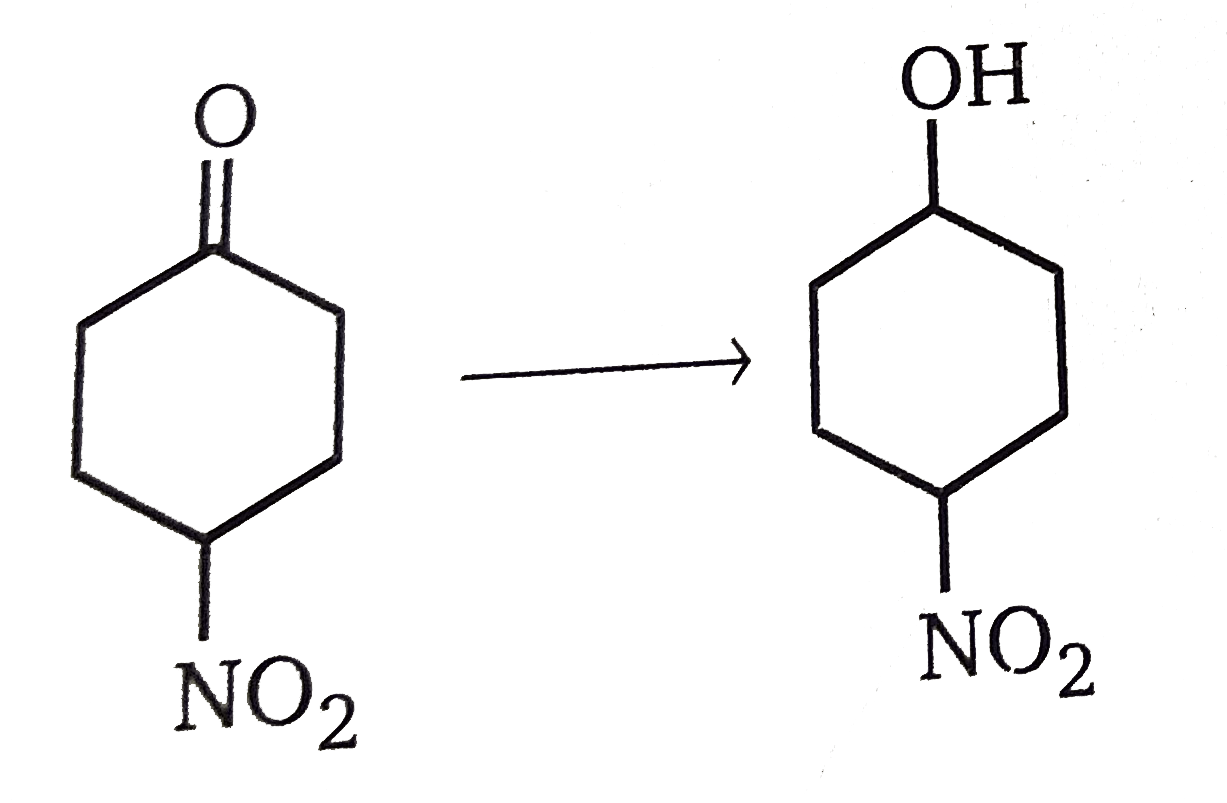
Above conversion can be achieved by :
View Solution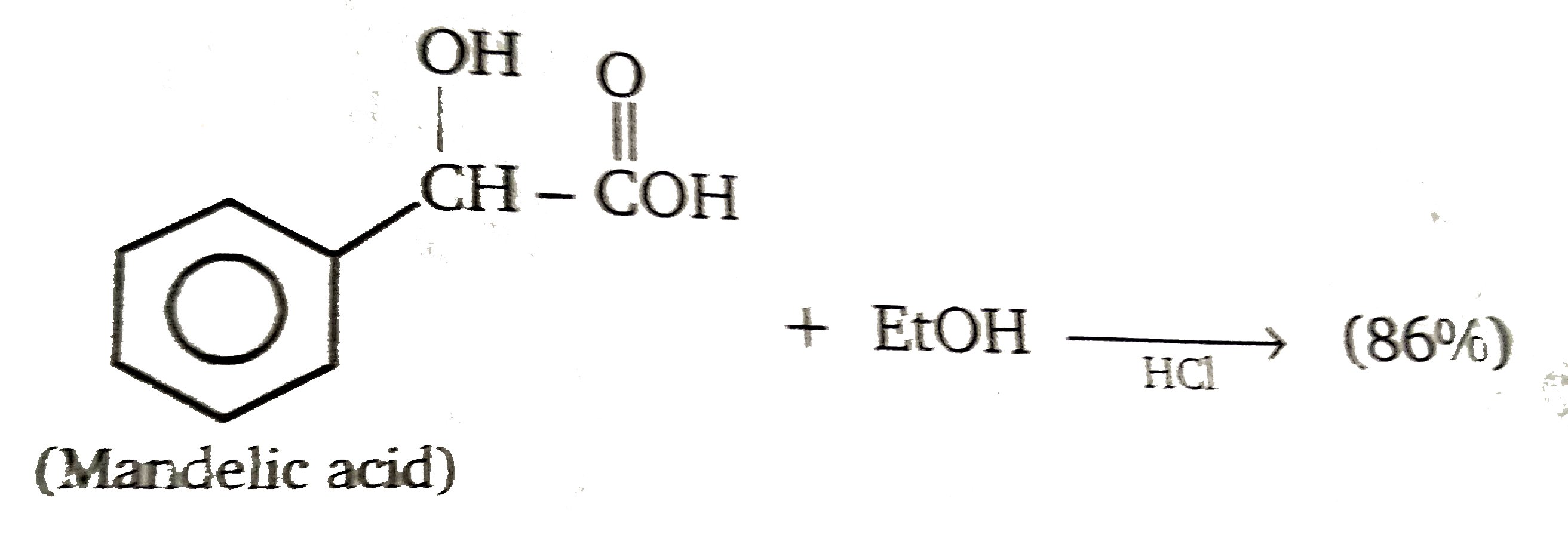
Identify product of above Fischer esterification reaction :
View Solution
Product (C) of the above reaction is :
View SolutionWhat is the product of the following reaction ?
`CH_(3)-overset(OH)overset(|)(CH)-CH_(2)-CH_(2)-OH underset("Pyridine cold")overset(CrO_(3))(rarr)` Product
View SolutionThe major reason that phenol is a better Bronsted acid than cyclohexanol is that :
View SolutionWhich of these reagents would accomplish the following reduction?
`N equiv C-CH_(2)-overset(O)overset(||)(C)-CH_(2)-CH=CH_(2) rarr N equiv C-CH_(2)-underset(H)overset(OH)overset(|)(C)-CH_(2)-CH=CH_(2)`
View Solution
Identify A and B :
View Solution`Ph-CH_(2)-underset(OH)underset(|)(CH)-CH_(3) overset(K)(rarr) overset(C_(2)H_(5)Br)(rarr) (A)`
Product (A) in above reaction is :
View Solution`Ph-overset(O)overset(||)(C)-O-H+CH_(3)-O^(18)-H overset(H^(+))(hArr) (X)+H_(2)O`, Identify X,
View Solution
Fastest rate of reaction will be when R is :
View SolutionSelect the correct statement.
View Solution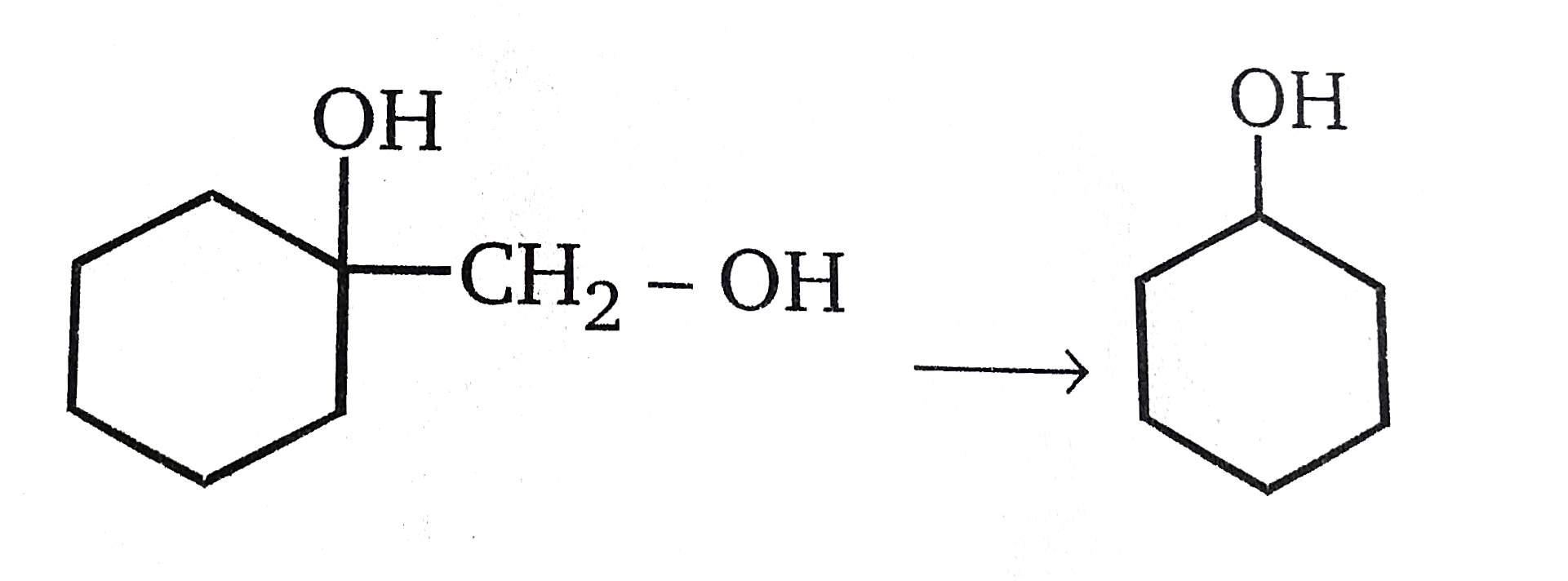 Above transformation can be carried out by :
Above transformation can be carried out by :
View Solution`H_(2)C=CH-CH_(2)-CH_(2)-underset(OH)underset(|)(CH)-CH_(3) underset("Pyridine")overset(SOCl_(2))(rarr)(A) underset((H_(2)O))overset(O_(3)//Zn)(rarr)underset(C_(5)H_(9)ClO)((B)) overset(NaBH_(4))(rarr)(C)`
compound (C) is :
View SolutionIodoform can be obtained on warming `NaOH` and iodine with :
View Solution
Exercise questions and complete solutions for chapter ALCOHOL, ETHERS AND EPOXIDES of MS CHOUHAN CHEMISTRY (HINGLISH) of Class 12